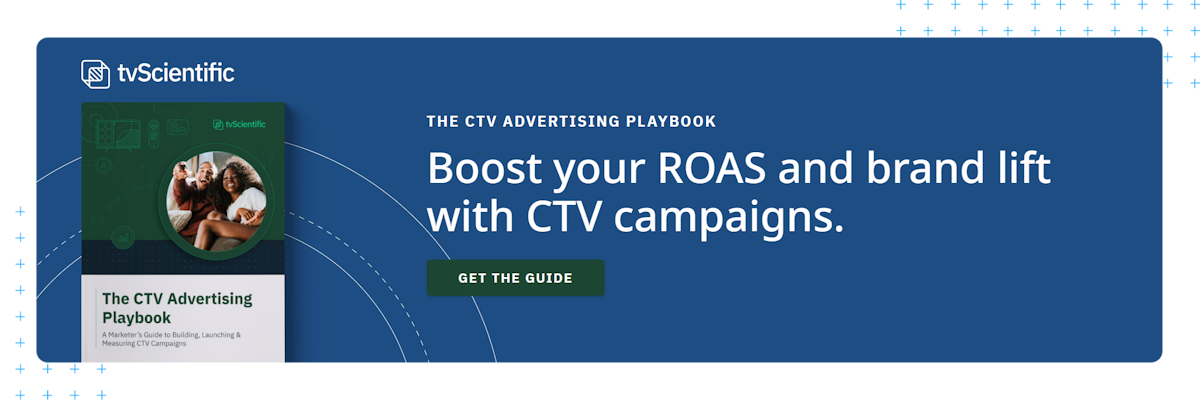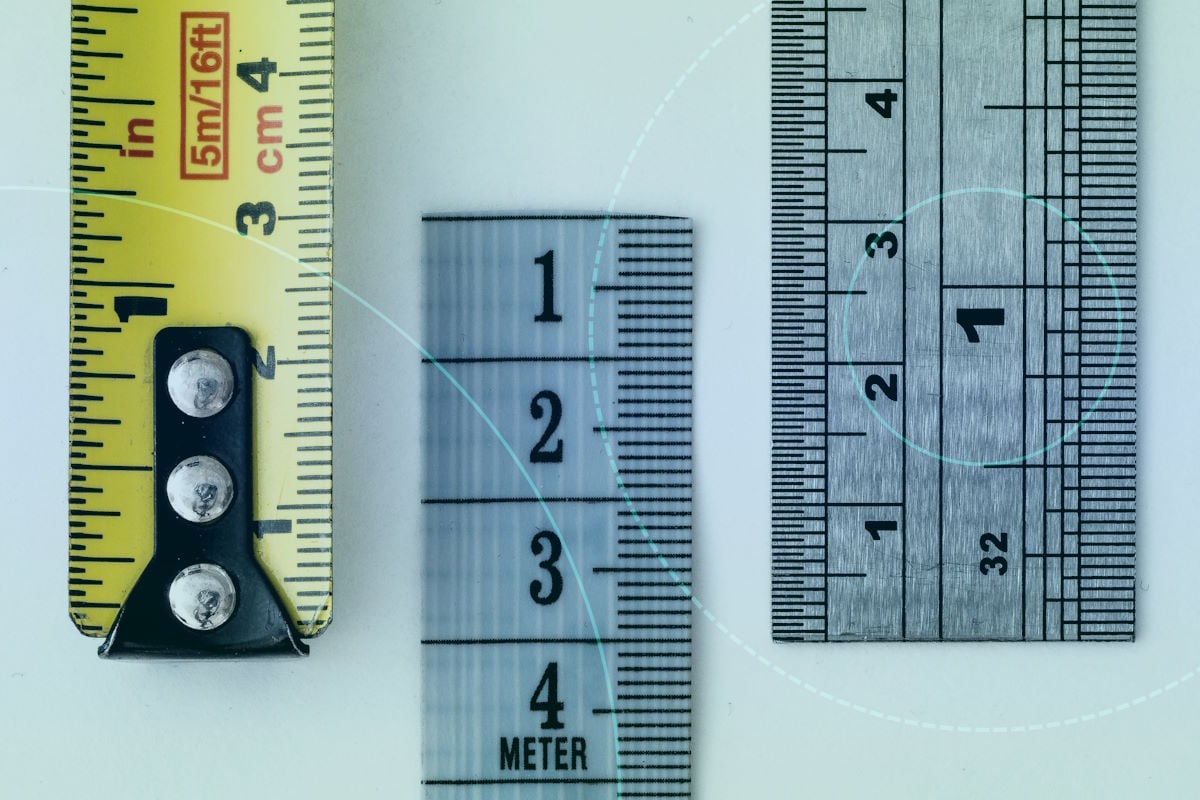The 7 customer acquisition metrics you need to know to launch a successful advertising campaign and measure your progress.
How to get the most out of your customer acquisition campaign and measure your progress along the way
Customer acquisition is the art of attracting people to become customers of your brand. It is without a doubt, one of the most important activities you will engage in for the growth of your business.
A person doesn’t start out wanting to be your customer. They start, in fact, knowing nothing at all about your brand. How you guide them from becoming aware of your brand to developing into one of its most stalwart supporters is the customer acquisition journey.
Managing a person’s progress through the stages of customer acquisition is a delicate art, requiring metrics, persuasion, and a little luck. Persuasion is where your advertising strategy and creative comes in, and is a topic for another time. But if you’re wondering what customer acquisition metrics you need to look out for, we’ve got you covered.
Discover strategies, metrics, examples and more with Customer Acquisition: A Practical Guide.
Customer Acquisition Metrics
If you’re serious about customer acquisition, you will undoubtedly find yourself reviewing a variety of customer acquisition metrics. These will help you determine how much money you’re spending, how people are moving through your customer acquisition journey, and, ultimately, how successfully you’re acquiring customers.
Customer acquisition metrics are essential for knowing where your customer acquisition money is going and what it’s doing for you. Think of them like the instruments in an airplane. You could try to navigate by dead reckoning, but knowing your altitude, fuel consumption, horizon, and heading will ultimately help you from crashing into the ground.
Here are the customer acquisition metrics worth knowing.
Customer Acquisition Cost (CAC)
CAC is the baseline for customer acquisition analytics. It tells you how much money you’re spending to acquire customers, and is a number you will want to keep an eye on as you pursue your customer acquisition strategy.
Your CAC is the total cost of sales and marketing required to acquire a new customer, including all program and marketing spend, salaries, commissions, bonuses, and overhead. CAC is the complete dollar amount required to attract leads and guide them through the customer acquisition journey into becoming new customers.
Accurately figuring CAC requires complete visibility into your advertising efforts, so you’ll want to be sure you’re using a platform that gives you that kind of access. tvScientific’s sophisticated CTV ad platform provides the tools and customer acquisition analytics you need to make the best decisions for your advertising campaigns. To learn more, read our free CTV Advertising Playbook.
Conversion Rate Optimization (CRO)
CRO measures the percentage of potential customers who take a specific action, whether that’s signing up for your service or downloading a demo.
You calculate CRO by dividing the number of potential customers who take the action you desire by the total number of visitors or viewers of your campaign and then multiplying that number by 100.
Leads ÷ Visitors x 100 = CRO %
If your CRO isn’t optimized, you can add all the leads you want, but they will never take you to where you want to go.
You can optimize your CRO in a few ways:
- Calls to Action: Create calls to action (CTAs) that directly communicate what you want a lead to do after seeing your ad. “Sign up now!” or “Call us for a demo!” You’d be surprised by how often simply telling people what you want them to do pays off. You can A/B test CTAs to determine which are most effective in which circumstances, where they should be placed on the page, and how often they should occur in your customer acquisition journey.
- Landing Pages: Landing pages are where visitors become leads, and leads become loyal customers of your brand. Landing pages crafted with compelling information about your brand and the action you want your leads to take will help them convert.
- User Experience Improvements: From customer service to product UI, make sure your customers are having the best possible experience with your brand. Leads that have a positive experience will be more likely to convert, and customers who have a positive experience can become evangelists of your brand.
Customer Lifetime Value (CLV)
CLV is the total value you expect a customer will bring to your business throughout the duration of your relationship with them. This tells you how much you can expect to earn per customer and, as you grow, how much you can earn in total.
You can calculate CLV by multiplying the value of a customer by the expected amount of time they will have a relationship with your brand.
Customer Value x Expected Time with Brand = $ CLV
For some businesses, a transaction will be short, one purchase and done. But for others, you might expect to have a years-long relationship with a customer. CLV will tell you how well you’re doing to maximize the potential profits of that relationship.
CLV is also critical for guiding your marketing efforts. If you do have a short expected lifetime for customers, you might need more customers to boost your profits. This will mean you may want to acquire customers at a faster rate. If you have a higher CLV, focusing on retention might be the better way to go.
Order Frequency
Order frequency tells you how many times a customer will place an order over a specific time period, such as one year.
You calculate order frequency by dividing the total number of orders by the number of unique customers in the same time period.
Number of Orders ÷ Unique Customers = Order Frequency
Order frequency will tell you the value of the average customer and can be used to inform your CLV. It can also help inform your retention efforts; the manner in which you communicate with a customer who spends once a month will necessarily be different from the way you reach out to one who only buys once or twice a year.
Churn Rate
Churn rate is the percentage of customers who stop using your product or service over a period of time. It’s basically the measurement of how many customers stop becoming customers.
You calculate churn rate as a percentage by dividing lost customers by total customers at the start of the time period you’re measuring for and multiplying by 100.
Lost Customers ÷ Total Customers x 100 = Churn Rate %
Some products or services will have a natural or built-in churn. There are some things people need only once or for a short time. But for services with a long projected customer life span, churn rate can tell you where you might be doing better at customer retention.
You can reduce churn by focusing on communication and customer experiences. Sending your customers targeted communications aimed at addressing how your product will solve their specific problems will encourage more direct action and brand loyalty. Ensuring that once a person becomes a customer, they have a good product experience will further increase that loyalty, reducing churn.
Leaning on your customer service team to solicit feedback when churn does happen and provide an excellent customer service experience to remaining customers will also yield dividends.
Return on Investment (ROI)
ROI is a measurement of how much profit you’ve received from your marketing efforts. You calculate ROI as a percentage by dividing the net profit derived from marketing by the total marketing costs and then multiplying by 100.
Net Profit ÷ Marketing Costs x100 = ROI %
ROI is another way of determining the effectiveness of your marketing. A higher ROI is generally better. It’s important to track ROI across your various marketing channels to determine which are providing the best return.
Attribution can be a major benefit here. One of the challenges of linear TV advertising is that ads broadcast out, but very little data comes back in. CTV is changing all of that. With CTV, you can get precise attribution, telling you who is viewing your ads, where, and for how long. Plus, you can see if viewing an ad is leading someone to take a specific action. More accurate attribution allows for more precise analysis and ROI calculation.
Return on Ad Spend (ROAS)
ROAS is the amount of money attributable to an ad campaign. You calculate it by dividing the gross revenue earned by your campaign by its cost. A higher ROAS is better.
Gross Ad Revenue ÷ Total Advertising Costs = $ ROAS
ROAS is another way to determine the efficacy of your advertising campaign. As opposed to ROI, which calculates your entire marketing spend, ROAS is purely focused on the cost of your ad campaigns. You could have a great ROAS, but still end up with a negative ROI because you’ve spent money in other areas that didn’t yield great results.
ROAS can be calculated granularly, or in broad strokes, depending on what kind of picture you’re trying to achieve. For example, you might zero in on just the cost of running the ads or review the entire process from creation through to publication. It all depends on what kind of insight you’re trying to gain, and why.
This is another area where attribution can help you. Attribution models will tell you which of your ad spends is generating the best return. This will tell you where to focus your efforts.
Customer acquisition doesn’t have to be complicated. Hopefully, with the help of these customer acquisition metrics, your ad campaign will be soaring to the skies in no time. tvScientific can help get you on your way. With precise attribution models, and real-time performance feedback, tvScientific’s sophisticated CTV advertising platform serves the right marketing materials to the right audiences at the right time, and brings back accurate data you can use to grow your business. For more information, reach out today.







